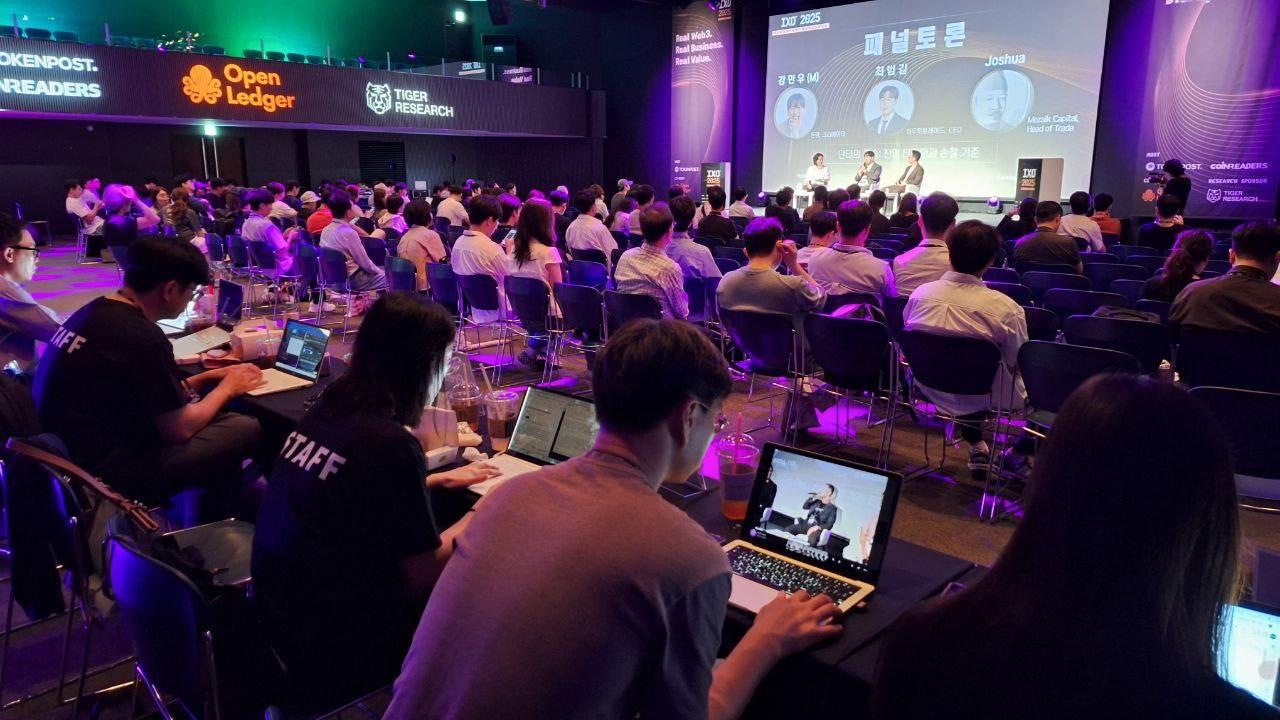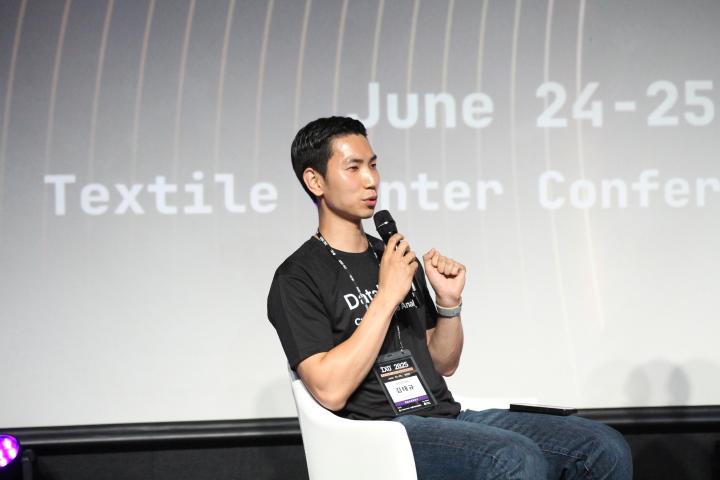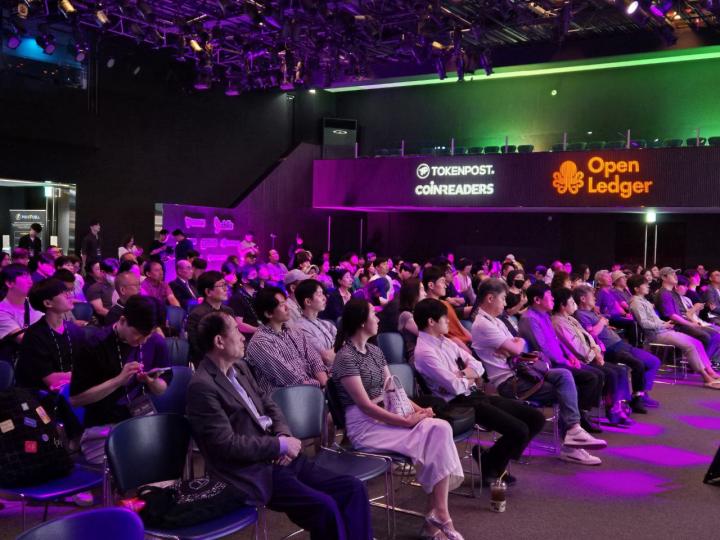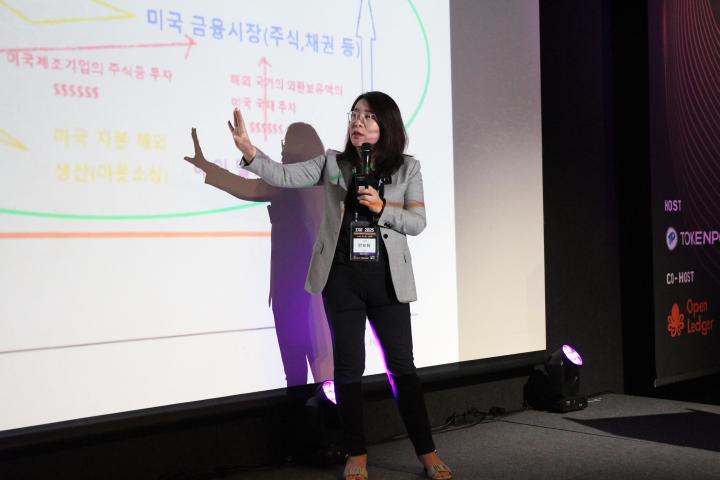At IXO 2025, answers to challenges in the Korean market were presented with data. Tiger Research recently reported that Korean users are fully entering the on-chain ecosystem across Ethereum (ETH), Base, and Solana (SOL), moving beyond centralized exchange-centered investment behaviors.
This analysis is based on the key problem awareness raised at the 'IXO 2025' event jointly hosted by TokenPost and CoinLeaders in June, and is meaningful in systematically examining the actual on-chain participation and strategic behavior of Korean users beyond simple transaction volume statistics.

Tiger Research directly collected about 80,000 Korean wallets to investigate activity patterns in the Ethereum, Base, and Solana ecosystems. The results showed completely different approaches by Korean users in each chain. In Ethereum, stable activities of high-value asset holders were notable, while Base showed gradual participation increases centered on practical dApp usage. In contrast, Solana had the most activity but displayed a trading-centered structure focused on short-term issues, leading to fatigue and user departure.
Korean users generally concentrated transaction activities between 9 AM and 11 PM, with Solana users particularly active during late-night hours from midnight to 8 AM. Tiger Research interpreted this as users actively participating and tolerating time differences to align with global market events concentrated in North American time zones. This demonstrates Korean users' high adaptability in transcending regional limitations and breathing in real-time with the global ecosystem.
Differentiated patterns were also detected in wallet asset scales. In Ethereum, the proportion of high-value wallets like whales and sharks was high, with total asset scale reaching about $400 million. There were 116 whale wallets holding over $1 million, with an average balance of $2.5 million. In contrast, Solana had 99.9% of wallets in the 'shrimp' (under $100) category with an average holding of just $30, but a few whales held over $8 million, highlighting extreme asset distribution polarization. Base was classified as a chain showing moderate tendencies between these extremes.
Examining user activity trends, Ethereum's ecosystem showed stable transactions regardless of market conditions. Base and Solana, however, were sensitive to external events like market prices, meme coin launches, and Non-Fungible Token (NFT) minting. Particularly, Solana had many users but experienced exhaustion and departure due to repetitive short-term participation, while Base, despite fewer users, showed steady increases in dApp-centered practical usage. Tiger Research emphasized that user retention strategies must be entirely different for each chain.
Application usage also supports this. Solana was centered on SOL-based trading, while Ethereum and Base showed clearer practical purposes like stablecoin transfers, Token staking, and DeFi deposits. Notably, Kaito's Infofi service rapidly emerged as a major user inflow channel for Base, demonstrating Korean users' active participation in reward-based activities.
In summary, Korean users are not a uniform group but an investor segment with complex characteristics, distinguished by high understanding and responsiveness to digital assets. They demonstrate strategic approaches varying by chain, with a balanced market structure simultaneously featuring short-term profit-focused participation and long-term ecosystem contribution. Therefore, Tiger Research emphasized that global projects entering the Korean market must establish precise Go-To-Market (GTM) strategies analyzing chain characteristics and user behaviors, not just user increase.
Furthermore, acceptance of North American-centered operational schedules, sensitive responses to Token-based incentives, and a partnership-minded approach to ecosystem development are interpreted as indicators for considering Korean users as a core user group. The Korean market possesses a 'complex user structure' based on advanced understanding and rapid responsiveness, and overlooking these characteristics will inevitably limit market entry effectiveness.
For real-time news...Go to TokenPost Telegram
<Copyright ⓒ TokenPost, Unauthorized Reproduction and Redistribution Prohibited>





